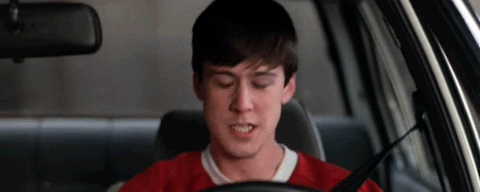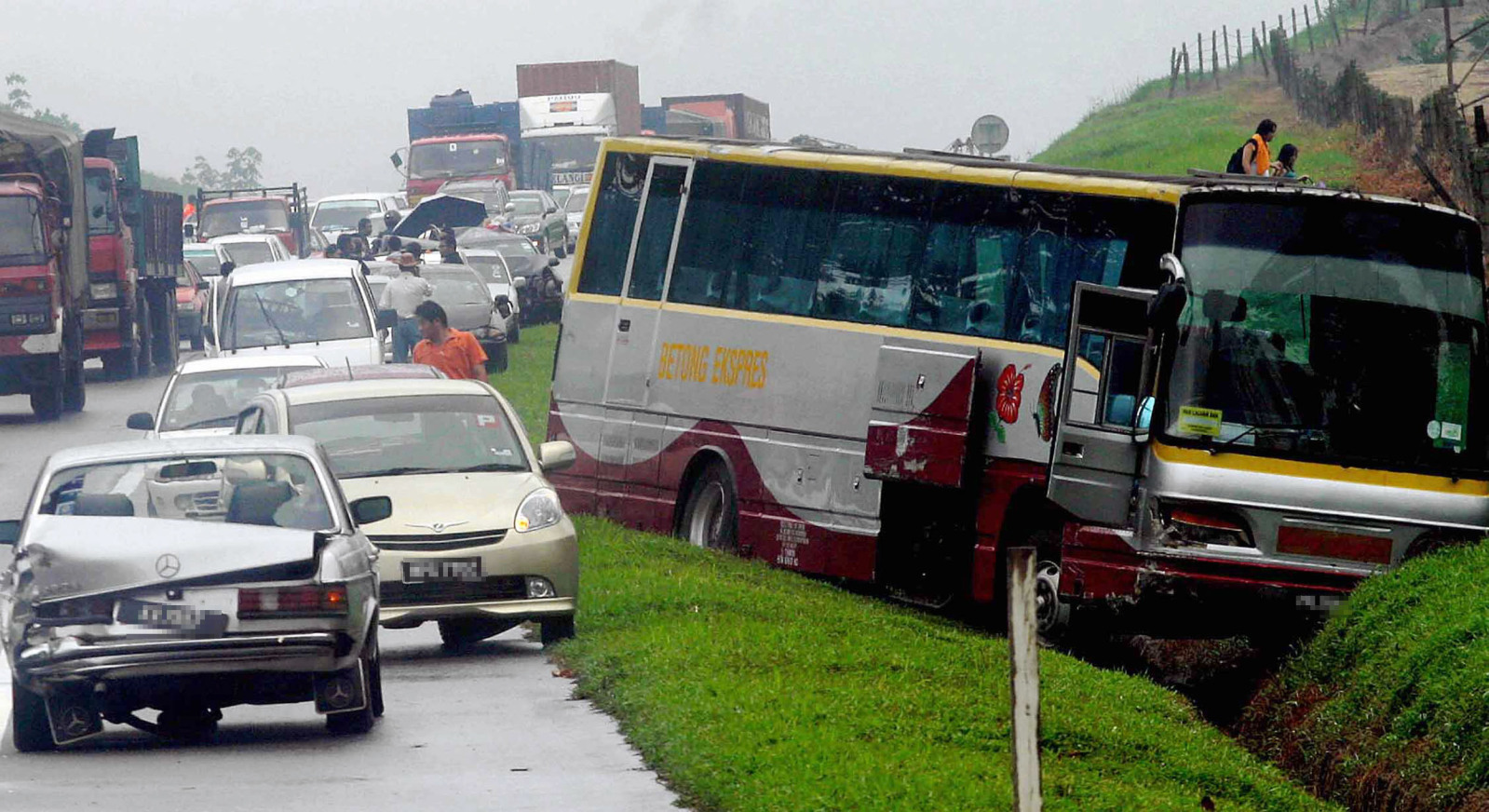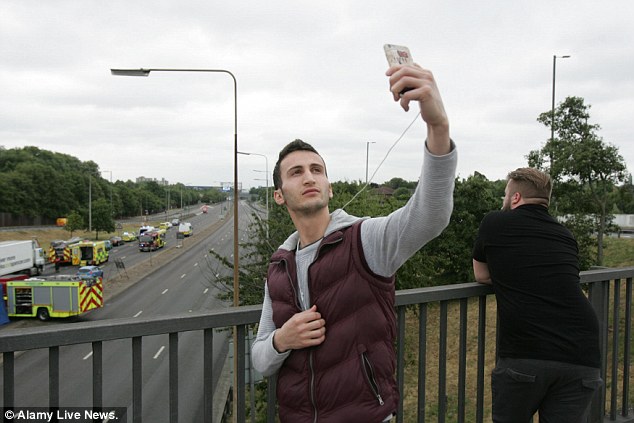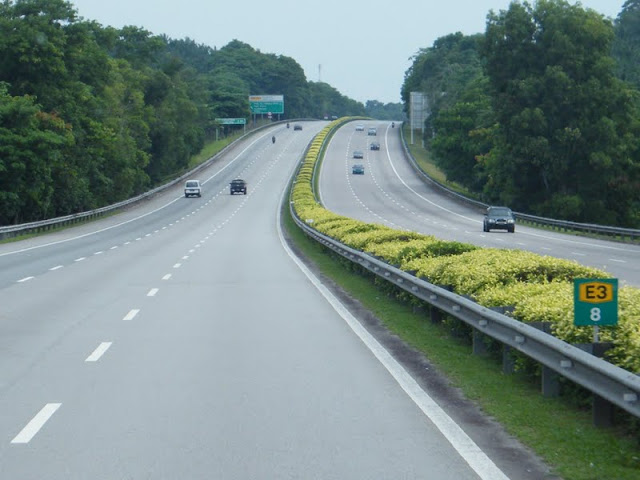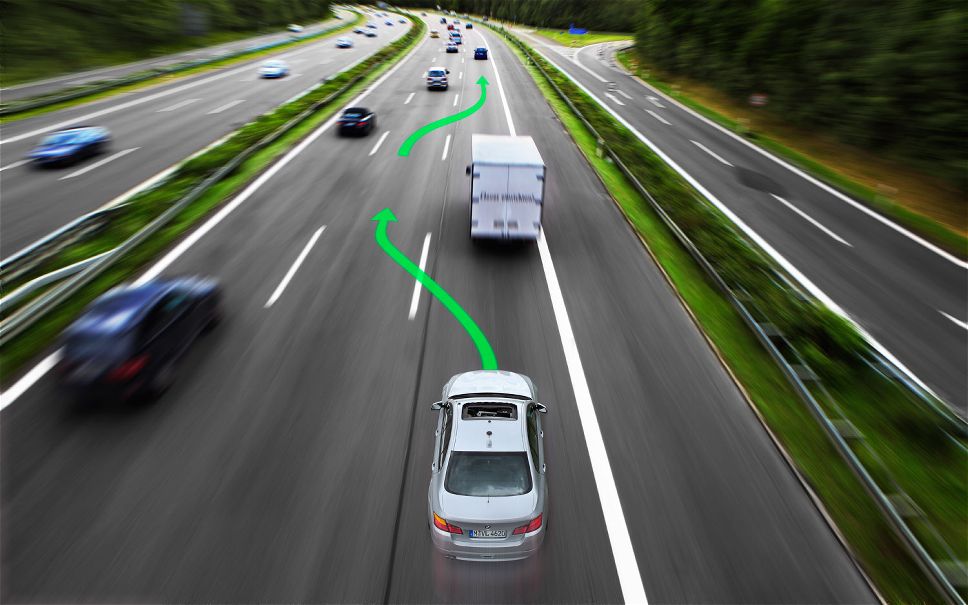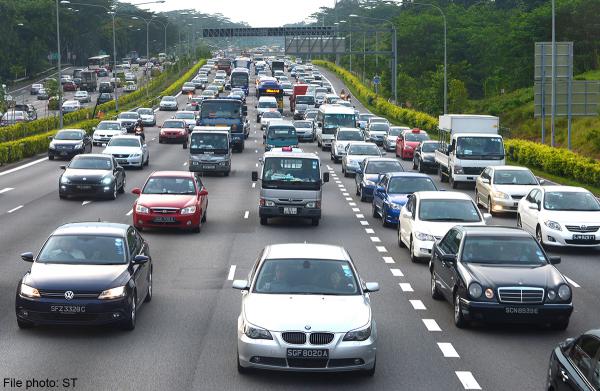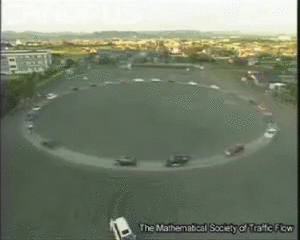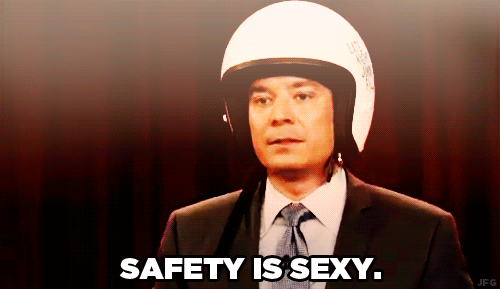6 Ways You Could Cause A Traffic Jam Without Even Trying
Are you guilty?
Living in Malaysia, we deal with bad traffic every single day, especially if you live in places like Petaling Jaya and Kuala Lumpur. Aside from inconvenience, did you know a total of RM5.51 billion is lost in productivity annually due to traffic jams?
If we take the average wage for workers in Malaysia as RM2,500 (US$773) per month, this means an hour of their time is worth RM5.70 (US$1.76). If three hours a day is spent on the road for 22 working days, then employees have lost productivity valued at RM376.20 (US$116) a month.
This is for a single employee. Suppose 10 per cent of workers are trapped in traffic jams in Malaysia, this means that the country has suffered a loss of productivity in terms of time totaling RM5.51 billion (US$ 1.7 bil) a year.
It feels like every single car in Malaysia has joined you on the highway at the same time. You wonder what you've done to deserve a slow death like this..
You just can't understand it - how can a five-lane highway like NKVE become so packed? HOW?!
Which begs the million dollar question: WHAT CAUSES TRAFFIC JAMS? No it's not a stupid question to ask because... many of our daily actions on the road contribute to the forming of traffic congestion in one way or another. Read on to find out if you're guilty of any of these actions!
1. Taking too long to budge when the light turns green
The cause: Inadequate green time that ranges from 5 seconds to 10 seconds and taking too long to move from a stationary position.
What you can do: Pay attention to the traffic light in front of you. Get your car ready to move when green light comes on. If you drive a manual car, put in first gear two to three seconds earlier.
But, please don't be that guy who honks 1 millisecond after the green light turns on...
2. Slowing down to take a closer look at accidents
The cause: If every driver were to be rubbernecking for the next 10 minutes by slowing down to 20km/h, you can be sure that a long line of cars will form with ease in no time.
What you can do: Keep moving and don't slow down! Taking your eyes off the road is a bad idea after all.
We can't emphasise this enough: DO NOT stop and stare at accidents
First, it delays everyone, as was evidenced by the seven miles of stopped traffic we sat in to get to the area. Second, slowing can cause more accidents. Like in racing when they say 'cautions breed cautions,' repeated stopping brings on rear end collisions, which then leads to more delays. Thirdly, people in traffic are frustrated.
That leads to people cutting others off and yelling. Once the scene of the accident is passed, it also causes everyone that was sitting there for hours to rapidly accelerate and speed to try and make up the time they lost.
 jalopnik.com
jalopnik.com
3. Being totally unprepared at the toll gate
The cause: Taking too long to go through the toll gate by digging up for spare change at the last minute and inconveniencing others at the automated lanes.
What you can do: Prepare enough cash, know the rates! Make sure your SmartTags have sufficient battery power and ensure that your Touch N Go cards are fully loaded with cash.
If you're unsure of the rates for each toll, you could always head to the PLUS website here to use the toll fare calculator
Aside from that, you could check out latest news and developments of the highways all over Malaysia.
4. Going too slow on the fast lane
The cause: Driving way below the speed limit of the fast lane that is meant for overtaking.
What you can do: Always go on the left lane when you're not overtaking or if you plan to drive a bit slower. Right lanes are for OVERTAKING purposes only.
In countries like the US, driving too slow on the fast lane could slap you with a USD1,000 saman
According to CBS News, at least 38 states now have laws allowing cops to ticket cumbersome drivers who clog up the left lane. Twenty-two states classify these violations as a misdemeanor, and fines in five states could cost you as much as $1,000. Yikes.
crimefeed.com5. Constantly switching lanes on the road
The cause: Excessive lane changing tends to disrupt traffic flow and makes the traffic worse.
What you can do: Stick to your lane if possible, especially during a traffic jam. Change lanes only when exiting or when the situation changes.
According to experts, the psychology of changing lanes is nothing but an optical illusion
Two researchers who studied the psychology of changing lanes found that while cars sometimes appear to be moving faster in the lane next to you, they usually are not. It's an optical illusion.
Here's what happens: Cars spread out when they're going quickly and bunch up when they slow down. When a driver passes a bunch of slower cars in the other lane, it happens fast. But if a driver is passed by the same cars while his lane slows temporarily, they go by one by one.
6. Overcrowding during peak hours
The cause: Too many cars on the road. Yes, a no brainer, but you're still a part of that jam every single day if nothing changes. Narrow roads without enough capacity to accommodate heavy traffic and ill town planning could also worsen things.
What you can do: Travel earlier in the morning or later at night to avoid piling up traffic. Alternatively, you could car-pool with your friends and colleagues to reduce the number of cars, take public forms of transportation or write to the city council for better roads.
In a study published in 2008, details how traffic jams can appear and spread in a matter of minutes on roads near the limit of carrying capacity
Researchers from a number of Japanese universities put 22 cars on a circular track and told the drivers to maintain a constant speed.
To quote the scientists, “It takes a period of time for the fluctuations to grow enough to break down the free flow. The free flow has been disturbed and the vehicles cannot move homogeneously any more.”
Basically, drivers start to hit the brakes and before you know it, a traffic jam has appeared. You can actually see the jam travel around the circle in the opposite direction of the cars.




